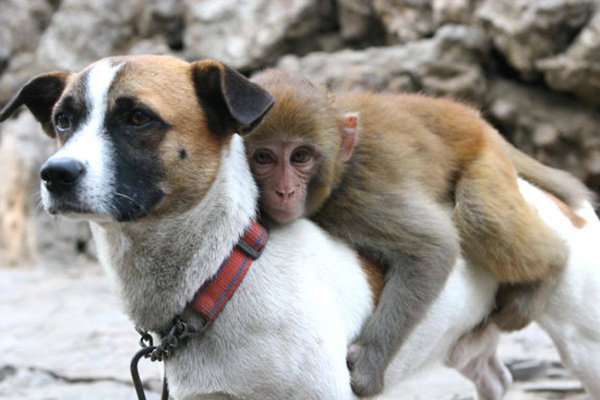
Especially in the hot summer weather, rashes can be quite common for man's best friend. These rashes are usually not considered serious or life threatening for a dog, but are quite uncomfortable. The dog's first instinct as everyone's would be is to scratch, but they scratch up to a point where they do not know when to stop. This can often lead to open wounds and infections. In some cases a simple dog rash can be a prelude or warning sign of an illness that can be serious, so it is important as a dog owner to pay attention to your dog's skin. Just yelling at your canine to stop scratching does not make a successful nor responsible dog owner. It also makes for a very unhappy and uncomfortable pooch, so be aware of the types of rashes and what they mean.
One of the most common reasons for a dog breaking out in a rash can be blamed on something in their environment. It can often be linked to an allergy to everything from shampoo to household cleaning products to everything in between. It can often be difficult to narrow down as in most cases the dog is reacting to a chemical found in the product, not the actually product. So you may get rid of what you believe is the offending product, with no improvement. Case being, the chemical is found in another product (or maybe two or three) in your home. Not just one. This rash is usually red, can be raised on the dog's skin, and extremely irritating and itchy.
Another common canine rash is due to fleas. As noted before, fleas are prevalent in the warmer more humid weather. The fleas continuously bite at the dog's skin leaving many tiny little red bumps. They also have the ability to lay eggs directly on the animal's skin, which in turn will produce more fleas and more bumps. Fleas can be treated in a couple of ways depending on the severity. There are over the counter flea products that may solve the issue. The veterinarian can also provide your dog with shots, pills, flea dips, gels, creams, etc. These can be extremely itchy to your dog. They also can ingest the fleas as well, and this can cause vomiting. Thankfully when the weather cools off, the fleas decrease dramatically.
If your dog has a rash and it is not an allergy or fleas, it may be something known as seborrhea. Seborrhea can be classified as doggie dandruff. Just as fleas are prevalent in the hotter weather, seborrhea is common in the colder, winter months. The dog's skin is dry and irritated. It can also become red and raw. Usually the rash can be treated with a dog shampoo specialized for the seborrhea. If this doesn't seem to do the trick, call your veterinarian for further advice and instructions.
These are a few of the most common dog rashes. It is important to remember that there are in fact others. If your dog has a rash that does not seem to fall into any of these categories, always call your veterinarian. In most cases it can be resolved quickly and swiftly, but you always want to make sure. No one wants to see a dog suffer by incessantly scratching and being uncomfortable.
 How Helpful Can Toys Be In Treating Your Pet's Aggression?
How Helpful Can Toys Be In Treating Your Pet's Aggres
How Helpful Can Toys Be In Treating Your Pet's Aggression?
How Helpful Can Toys Be In Treating Your Pet's Aggres
 Choosing the right pet bird for your little ones
Choosing the right pet bird for your little ones
Choosing the right pet bird for your little ones
Choosing the right pet bird for your little ones
 6 Simple Ways To Save Cash When Caring For Your Dog
6 Simple Ways To
6 Simple Ways To Save Cash When Caring For Your Dog
6 Simple Ways To
 Purchase a brought up goat fencing for the superior stability of the goats
Purchase a brought up goat fencing for the superior stabil
Purchase a brought up goat fencing for the superior stability of the goats
Purchase a brought up goat fencing for the superior stabil
 Some Common Canine Care And Behaviour Myths
Some Common Canin
Some Common Canine Care And Behaviour Myths
Some Common Canin
Copyright © 2005-2016 Pet Information All Rights Reserved
Contact us: www162date@outlook.com